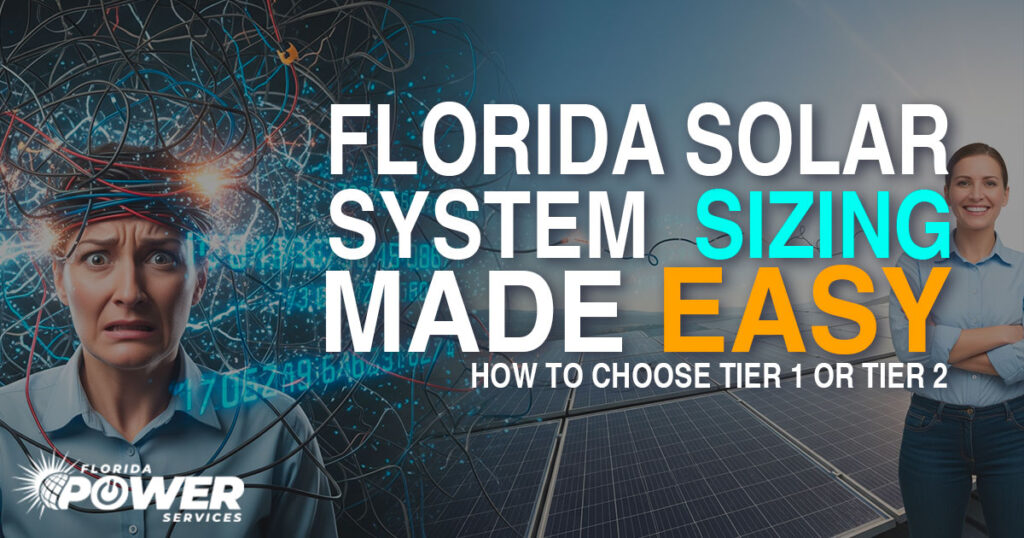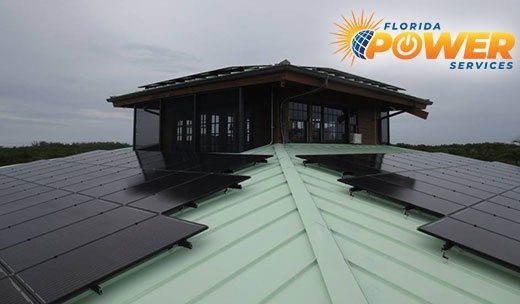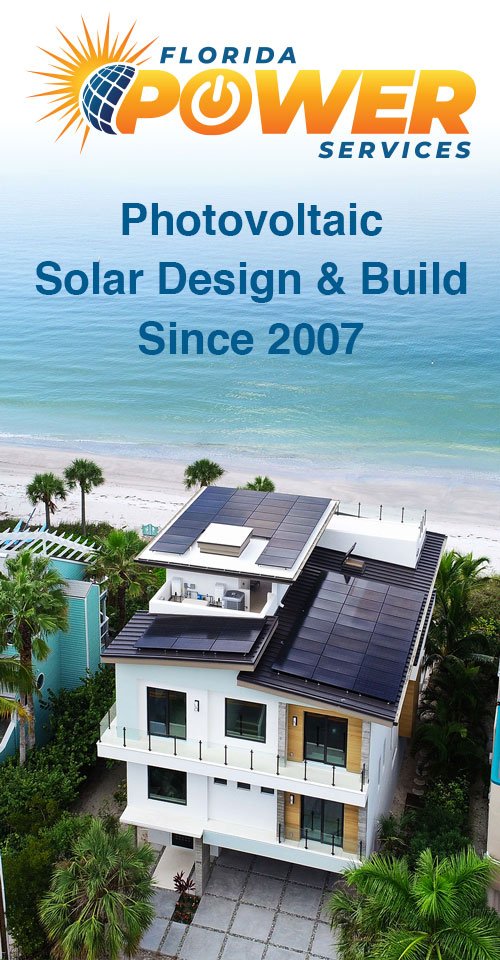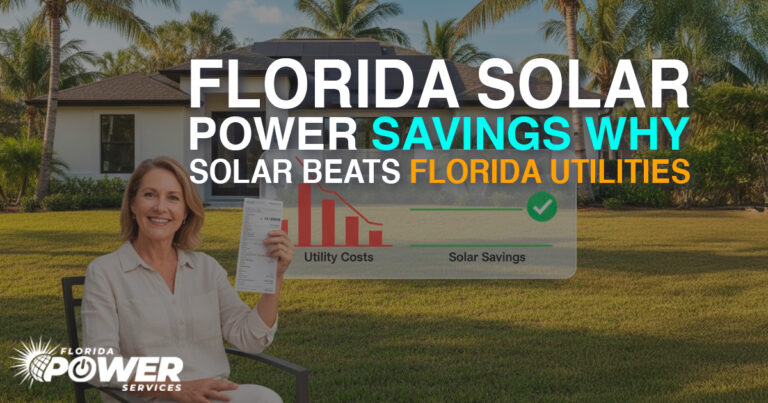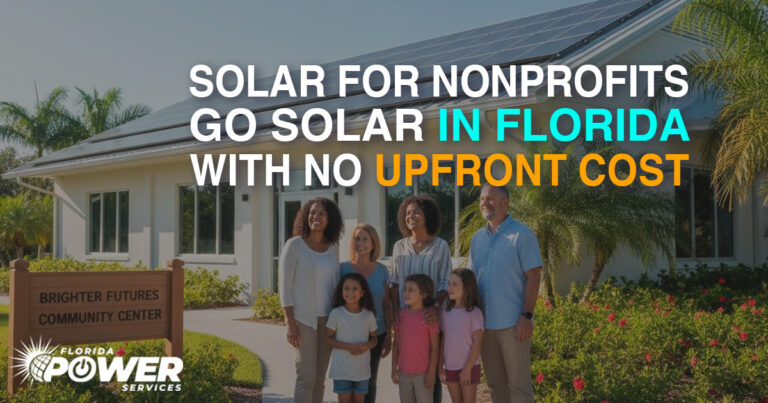When planning your Florida solar system sizing, one of the most important steps is getting it right from the start. A properly sized system ensures you generate enough energy to offset your bill, qualify for tax credits, and lock in long-term savings. Go too small, and you’ll still be stuck paying your utility company. Oversize it, and you risk unnecessary costs or approval hurdles.
By understanding your energy usage and Florida’s interconnection rules, you can confidently choose between Tier 1 and Tier 2 system sizes and get the most value from your investment.
🔋 Step 1: Know Your Annual Usage
Before you start thinking about panels and equipment, you need to know how much energy your home actually uses. Look at your utility bill and locate your kWh (kilowatt-hour) usage. This number—not the dollar amount—is what determines your Florida solar system sizing needs.
If your provider doesn’t display an annual total, simply add up the last 12 months of statements:
Example:
1,200 kWh/month × 12 = 14,400 kWh/year
This number becomes the foundation for your solar design. The more accurate your annual usage calculation, the more confident you can be that your solar system will truly cover your household energy demands.
💡 Why Accuracy Matters: If you underestimate your usage, you may end up with a system that falls short, leaving you with higher utility bills than expected. Overestimating your Florida solar system sizing can increase upfront costs and complicate utility approval.
🌡 Consider Seasonal Variations: In Florida, seasonal changes play a big role in energy use. Air conditioning loads in the summer can dramatically increase consumption, while cooler months may see lighter usage. By calculating your usage across a full year, you smooth out these spikes and dips, ensuring your system is designed for year-round reliability.
📑 Pro Tip: Some utilities allow you to download detailed usage history online, often broken down by month or even by day. If you can access this data, it gives you the most precise picture of your household’s energy profile.
☀️ Step 2: Divide by 1,446 to Estimate Your System Size
In Florida, every 1 kW of solar produces about 1,446 kWh per year. This figure accounts for sunlight hours, climate, and system efficiency.
Formula:
Annual kWh ÷ 1,446 = System Size (kW)
Example:
14,400 ÷ 1,446 ≈ 9.96 kW
To be safe, add a 10% buffer for cloudy weather, seasonal dips, and system losses:
9.96 × 1.10 = 10.96 kW
This ensures your Florida solar system sizing covers your energy needs year-round. That buffer is crucial because no system operates at 100% efficiency all the time. Dust, shade, or minor equipment issues can all slightly reduce production.
✅ Step 3: Max Out Tier 1 at 11.7 kW (If You’re Close)
Most Florida utilities, TECO, Duke, and FPL, allow systems up to 11.7 kW AC in Tier 1 interconnection. If you’re anywhere near this number, rounding up is often the smartest move.
Tier 1 Benefits:
- No utility application fees
- No added insurance
- No external AC disconnect
- Full net metering
- Streamlined approval process
Example: 27 Hyundai 435W panels = 11.745 kW DC, a perfect Tier 1 Florida solar system sizing match.
This is the sweet spot for many Florida homeowners. Tier 1 keeps the paperwork simple and avoids extra costs, making it a great balance of power and affordability.
⚠️ Tier 2 Systems: More Steps, Much More Power
If your home uses more energy, Tier 2 systems may be necessary. These allow larger designs but require extra steps.
Tier 2 Interconnection Includes:
- One-time utility application fee (TECO: $250, Duke: $240, FPL: $400)
- Utility-accessible AC disconnect
- $1 million personal liability umbrella insurance (about $10–$20/month)
While Tier 2 has more requirements, it still qualifies for full net metering and tax credits. For high-usage households, like those with electric vehicles, large families, or pool heating, Tier 2 Florida solar system sizing is often the most practical path.
Tip: Think long term. If you plan to buy an EV or add major appliances, sizing a Tier 2 system now could save you from needing an upgrade later.
📊 System Size Examples & Annual Output
| System Size | Panel Count (435W) | Estimated Output (kWh/year) |
| 11.7 kW | 27 panels | ~16,900 kWh |
| 15.0 kW | 35 panels | ~21,690 kWh |
| 20.0 kW | 46 panels | ~28,920 kWh |
| 25.0 kW | 58 panels | ~36,150 kWh |
These examples highlight how Florida solar system sizing scales with household demand. A smaller home with efficient appliances may do fine at 11.7 kW, while a larger property with higher consumption might need 20 kW or more.
💰 Federal Tax Credit: Up to 40% Savings
All Florida solar systems qualify for the 30% Federal Investment Tax Credit (ITC). In some cases, you may also qualify for the 10% Domestic Content Bonus, giving you a total 40% savings.
Even if your panels are foreign-made, you may still qualify using the Adjusted Percentage Rule:
- U.S.-made racking and inverters can boost your domestic content percentage
- Aluminum racking is exempt from the steel requirement
- Foreign panels don’t disqualify you; they just count as zero
With the right planning, your Florida solar system sizing strategy may unlock thousands more in incentives.
🚨 Don’t Miss the Deadline
The 30% federal solar tax credit and optional 10% Domestic Content Bonus are set to expire December 31, 2025. After that, homeowners could lose thousands in savings.
Important Considerations:
- Engineering, permitting, and utility approval take time
- Backlogs are common in late Q4
- Your system must be installed and operational by the deadline
Starting your Florida solar system sizing early helps ensure you qualify. Too many homeowners wait until the last minute and end up missing out on incentives because of inspection or permitting delays.
🔧 Ready to Get Started?
Sizing your system doesn’t have to be complicated. At Florida Power Services, all we need is your most recent power bill. We’ll handle:
- Accurate Florida solar system sizing with Tier 1 or Tier 2 guidance
- Domestic content–compliant equipment sourcing
- Engineering, permitting, and utility paperwork
- Professional installation and ongoing support
You’ll get a clear, no-pressure proposal that shows your system size, expected savings, and total cost.
📞 Contact us today to start your Florida solar system sizing and see how much you can save.

